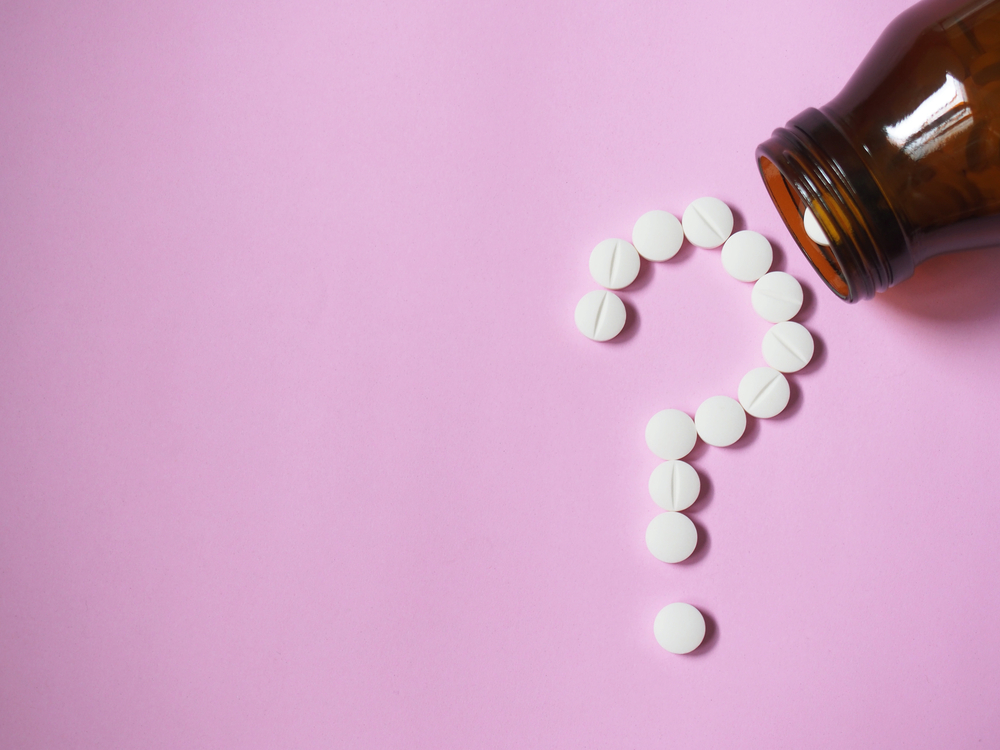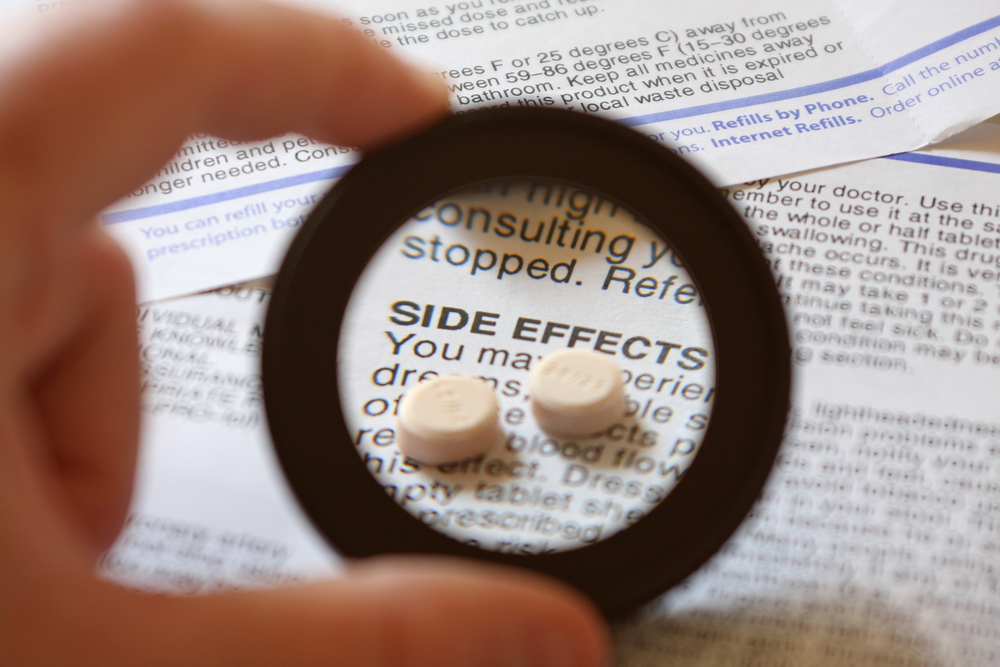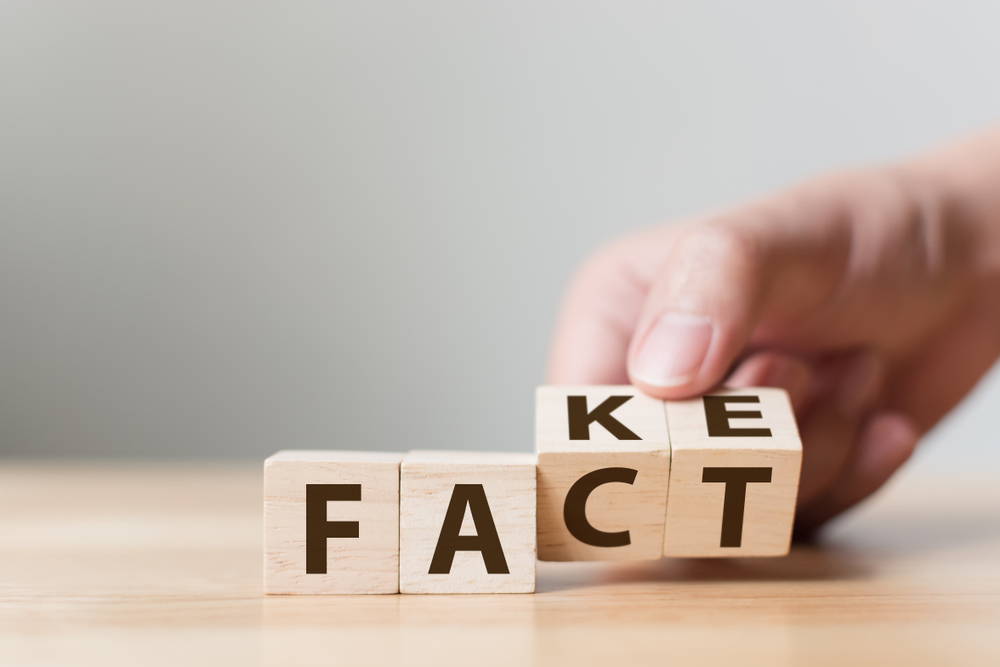Will Suboxone Get My Loved One High?
Painkillers and heroin are major opioids whose addiction affects about 2.5 million Americans, according to the American Society of Addiction Medicine. To help with this, the Food and Drug Administration approved two products to treat the disorder; Subutex (which is buprenorphine), and Suboxone (a mixture of buprenorphine and naloxone).
What is Suboxone?
Suboxone is a man-made drug that helps to treat opioid addiction. While the drug is pretty impressive, it’s the included ingredients that grab all the headlines.
- Buprenorphine – Buprenorphine is a component that has already been approved by the Food and Drug Administration, which sees it as a low-risk alternative to methadone. This approval has made it easy for doctors and medical practitioners to prescribe the medication to patients who are looking to do something about their addiction to opioid drugs. While methadone requires strict medical supervision, buprenorphine is a bit more liberal in its dosage and administration.
- Naloxone – Pharmaceutical companies added naloxone to buprenorphine to create a drug that had less potential for abuse than methadone. Ideally, the naloxone in suboxone will prevent the patient from just crushing the medication open and taking the buprenorphine in it (whether by injecting it or by sorting). Anyone who still chooses to crush the drug will end up wasting valuable time, as the naloxone will simply prevent the opioid receptors in the brain from acting on the intake of buprenorphine
Suboxone and methadone reduce the cravings people have for opioid prescription drugs like heroin. In addition to that, suboxone also eases the psychological and physical symptoms that are experienced by people who are struggling with withdrawal symptoms.
Treatments like suboxone are much more important for people who have developed a physical dependence on opioids. The medication bonds with the opioid receptors in the brain, helping the brain to release dopamine and helping the patient to return to normalcy.
A lot of people who have sought medication-assisted treatment options that include suboxone have had a lot of success (at the very least, much more than methadone, the previous standard for helping patients with tapering off the withdrawal symptoms that they face).
However, despite the numerous success stories with suboxone, there has also been an increase in the number of reports of people abusing the drug and getting addicted to it.
At the end of the day, it’s kind of ironic; the same drug that was meant to help people find a painless, safe way out of addiction ends up getting abused by the very same patients who were looking to change their ways.
How Suboxone Can Get a Person High
Suboxone is quite addictive, although its rate of addiction is much lower than that of other opioids. An average suboxone user might not get high from it, but it could easily influence a person who develops an incredible dependence to it.
The drug was designed as a drug that prevents addiction. However, it is possible for individuals who receive the prescription of the drug to overcome addiction to end up abusing it instead. In other instances, people who have never actually taken an opioid before can stumble on the suboxone prescription with friends, pick it up and develop an addiction from there.
What Could Cause This?
The cause of methadone addiction is not farfetched in the United States. According to the National Drug Intelligence Center, it is common for the buprenorphine medically assisted treatment to lead to illegal use eventually.
The report also claims that there have been several cases of addiction reported with suboxone, since it was approved in the country. Areas of high opioid abuse, such as the Northeastern part of the country, have seen exceptionally high abuse rates of suboxone.
Investigators found that some people can bypass the naloxone inhibition in the drug by injecting it directly into their veins, dissolving the drug into strips, and snorting the drug in its pill form. However, the agency also noted that abusing suboxone is much stronger in people who have used low doses of opioids, as opposed to those who used higher doses.
Another major cause of suboxone’s abuse seems to be as a result of the physicians who prescribe the drugs. According to an article published in the New York Times, over 1,000 doctors who prescribe buprenorphine (out of 12,780) have been sanctioned in one way or the other due to their opioid-prescribing practices in the past.
In addition to this, a report by the Courier-Journal of Louisville, Kentucky, revealed that officials from the Kentucky Board of Medical Licensure claimed that many doctors reported to opening suboxone-prescribing clinics after the state saw a reduction in “pill mills” that prescribed excessive quantities of painkillers.
The analysis of the Journal revealed that 14 percent of the overseeing doctors in these clinics had a history of unethical standards involving their profession and had one way or the other been sanctioned by the medical board.
The Kentucky Board of Medical Licensure says that most of the new clinics run cash-based systems, and they fail to administer any checkups after they deliver the suboxone prescriptions which is dangerous and highly illegal to do.
In another piece that was published by WKTY, it was noted that law enforcement officers were clamping down on physicians who had the ability to prescribe suboxone legally by traveling from various parts of the state and giving out prescriptions in jurisdictions outside of their home clinic.









